Nato’s renaissance: how the world’s most powerful military alliance has taken centre stage
While avoiding direct involvement, Nato has played a crucial role in the Ukraine war
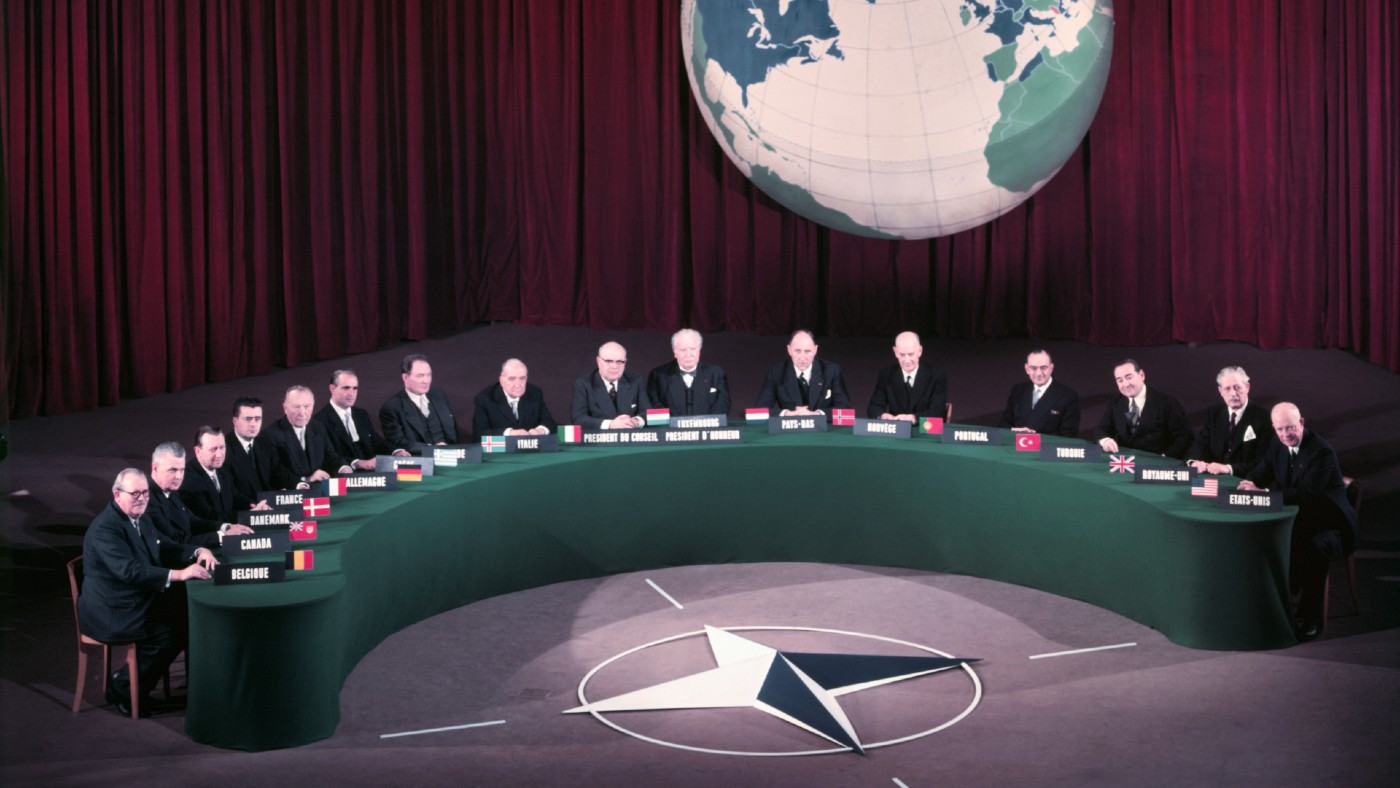
Nato was originally designed, in the words of its first secretary general Hastings Ismay, “to keep the Russians out, the Americans in, and the Germans down”. The North Atlantic Treaty was signed in 1949 as a defensive military alliance between the US, Canada and ten western European states. At the time, the Red Army was by far the strongest force in Europe, and the USSR had control over most of the continent’s east.
Nato prides itself on having kept the peace in Europe over the 73 years since; but its role has evolved considerably, and controversially, in recent decades – as it has expanded into eastern Europe and the Balkans. Some on the European Left have long regarded it as a organisation whose role is to entrench US hegemony in Europe and beyond. Moscow, more than ever, sees Nato as a project designed to subjugate Russia and reduce its influence.
How does it work?
The cornerstone of the treaty is Article 5, the principle of “collective defence”. It states that an armed attack on one member state is an attack on all the rest, who will jointly take any actions necessary to defend it. (To date, Article 5 has only been invoked once, by the US in the hours after the 9/11 terror attacks.)
The Week
Escape your echo chamber. Get the facts behind the news, plus analysis from multiple perspectives.

Sign up for The Week's Free Newsletters
From our morning news briefing to a weekly Good News Newsletter, get the best of The Week delivered directly to your inbox.
From our morning news briefing to a weekly Good News Newsletter, get the best of The Week delivered directly to your inbox.
Its political headquarters are in Brussels, and its governing North Atlantic Council, which reaches all decisions by consensus between all members, meets there. But in practice, Nato member states’ forces are placed inside a US-dominated military command structure.
In 2021, US spending of more than $800bn accounted for more than 60% of the combined total spent on defence by all 30 Nato nations; the UK, the next largest contributor, spent £73bn. Nato’s top military commander in Europe has always been an American.
In what ways has Nato evolved?
For much of its history, Nato had a clear, well-defined role. But after winning the Cold War without firing a shot, some expected that it might melt away. Instead, eastern European nations, fearful of a Russian resurgence, pushed strongly for membership, and Presidents Bill Clinton and George W. Bush gave their full support. Poland, the Czech Republic and Hungary joined in 1999; Bulgaria, Estonia, Latvia, Lithuania, Romania, Slovakia and Slovenia followed in 2004.
Along with the EU, Nato has served as a kind of umbrella guaranteeing the expansion of democracy and free markets in Europe. It has also been used as a vehicle for humanitarian intervention where the UN would not, or could not, act.
A free daily email with the biggest news stories of the day – and the best features from TheWeek.com
In 1994 and 1995, it took part in its first military actions, attacking Bosnian Serb forces during Yugoslavia’s civil war. In 1999, it launched an 11-week bombing campaign to force Yugoslav president Slobodan Miloševic to withdraw his troops from Kosovo.
Has it overreached?
Arguably. Nato has always been a Russian bugbear – the Warsaw Pact was formed in 1955, after West Germany became part of Nato – and some analysts have warned for years that continuing to expand the most powerful military alliance in history towards Russia’s borders would not end well.
In 1990, the US secretary of state James Baker gave promises – albeit informal ones – to the Soviet leader Mikhail Gorbachev that if Nato admitted a reunified Germany, the alliance would “not shift one inch eastward” after that. When it did advance, many Russians believed that they had been double-crossed. “They cheated us – vehemently, blatantly,” Vladimir Putin said in a recent speech.
In April 2008, at its Bucharest Summit, Nato welcomed Georgia and Ukraine as potential members – plunging relations with Russia into long-term crisis.
Can Nato justify its expansion?
Nato’s line is that decisions about membership “are up to each individual applicant and the 30 Nato allies”. Ukraine, it says, has the sovereign right to choose its own security arrangements. “Russia has no right to intervene and cannot veto such a process.”
Eastern European nations clearly believed that only Nato could guarantee their safety, and many say they have been proved right, citing Russia’s invasions of Georgia in 2008 and, later, of Ukraine.
The Ukraine war, Nato’s defenders argue, proves that this policy was necessary: only the credible threat of defensive force has prevented Putin from menacing former Soviet and Warsaw Pact nations from the Baltic to the Black Sea.
Has Nato made mistakes?
Its past 20 years have certainly been difficult. Its decision to enter partnerships with Ukraine and Georgia, but not to admit them as full members, left both vulnerable. Its long, costly operation in Afghanistan failed to stabilise the nation. Other “out of area” operations, such as against Colonel Gaddafi’s Libya in 2011, have attracted criticism.
Until recently, Nato was widely viewed as having lost its sense of purpose. In 2019, Donald Trump called it “obsolete”, and described European allies who were not spending the agreed 2% of GDP on defence as “delinquent”. Doubts about the US’s commitment to the alliance led France’s President Macron to say that it was at risk of “brain death”. But the crisis in Ukraine has concentrated minds.
How has Ukraine changed things?
It has given rise to a unity and sense of common purpose that was unthinkable even a few months ago. There are now 40,000 troops under direct Nato control in eastern Europe, up from 4,000 in October last year. Finland and Sweden, two nations on its northeastern flank with large, well-equipped militaries, are applying to join.
While avoiding direct involvement, Nato has played a crucial role in the war, and not just because its members have supplied crucial weapons. Nato forces have trained with Ukraine’s army for eight years, helping to transform a rigid Soviet-style force into a nimble, tactically adept modern army.
-
 Into the Woods: a ‘hypnotic’ production
Into the Woods: a ‘hypnotic’ productionThe Week Recommends Jordan Fein’s revival of the much-loved Stephen Sondheim musical is ‘sharp, propulsive and often very funny’
-
 ‘Let 2026 be a year of reckoning’
‘Let 2026 be a year of reckoning’Instant Opinion Opinion, comment and editorials of the day
-
 Why is Iran facing its biggest protests in years?
Why is Iran facing its biggest protests in years?TODAY’S BIG QUESTION Iranians are taking to the streets as a growing movement of civic unrest threatens a fragile stability
-
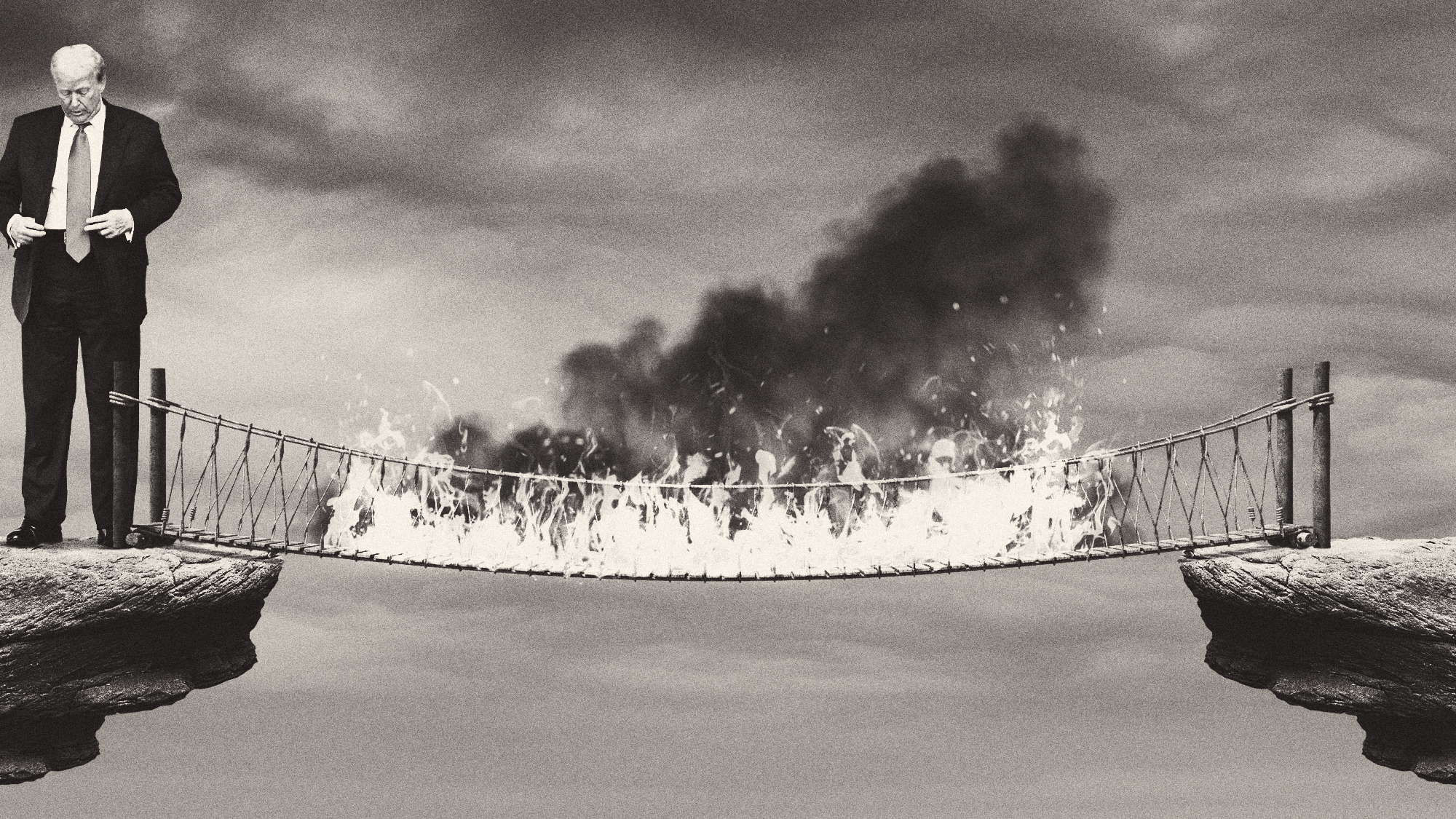 Did Trump just end the US-Europe alliance?
Did Trump just end the US-Europe alliance?Today's Big Question New US national security policy drops ‘grenade’ on Europe and should serve as ‘the mother of all wake-up calls’
-
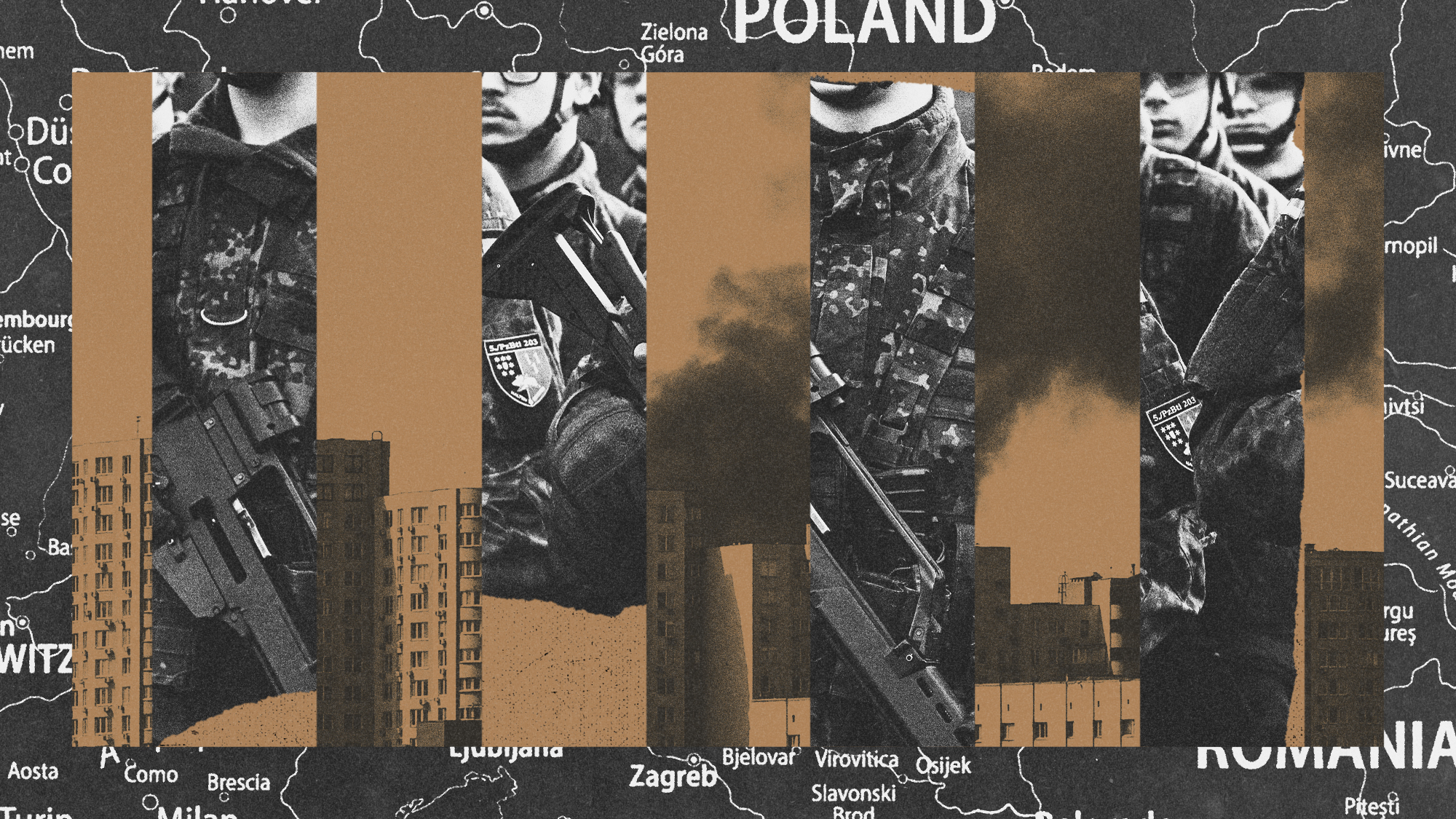 Is conscription the answer to Europe’s security woes?
Is conscription the answer to Europe’s security woes?Today's Big Question How best to boost troop numbers to deal with Russian threat is ‘prompting fierce and soul-searching debates’
-
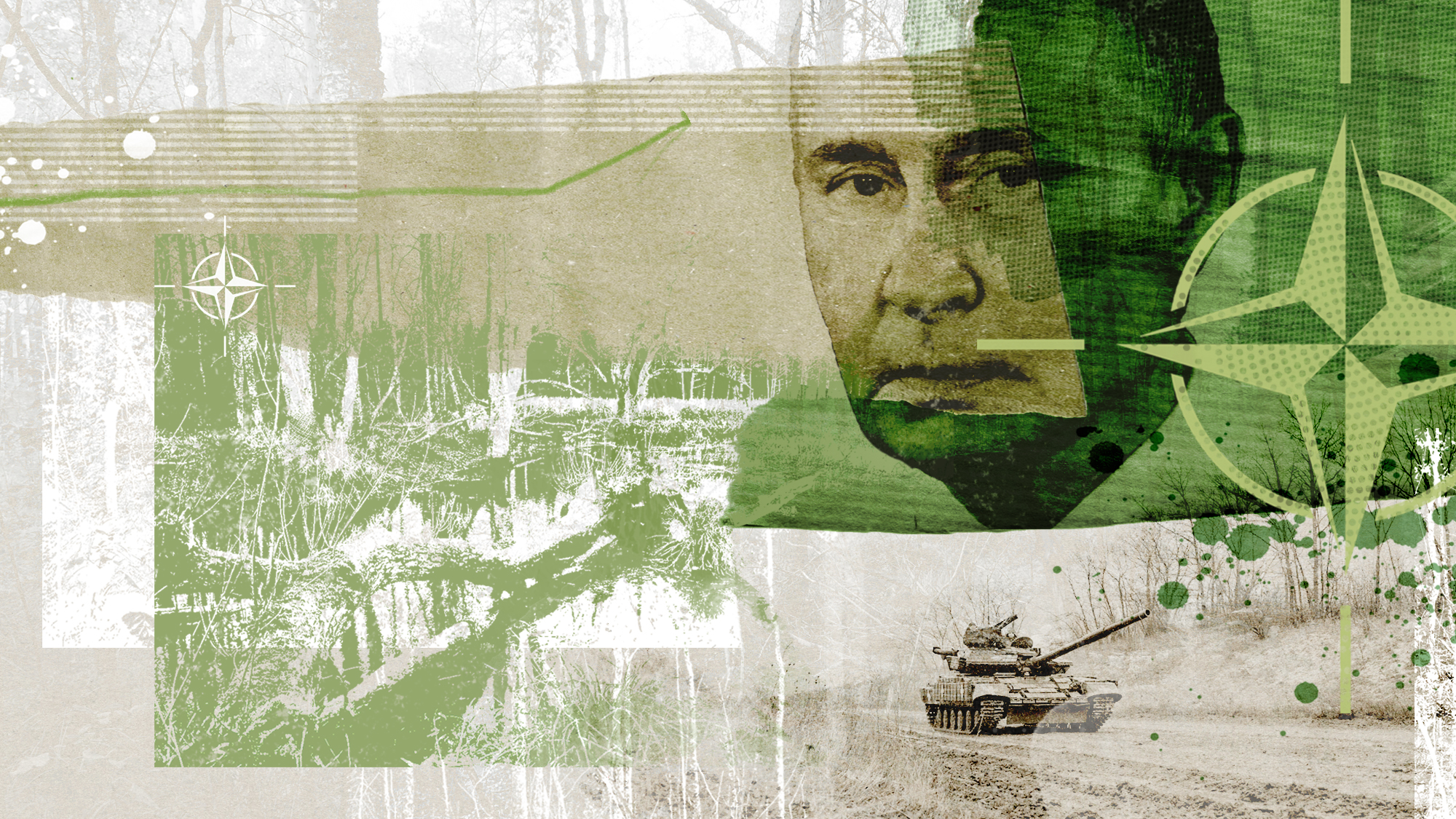 The Baltic ‘bog belt’ plan to protect Europe from Russia
The Baltic ‘bog belt’ plan to protect Europe from RussiaUnder the Radar Reviving lost wetland on Nato’s eastern flank would fuse ‘two European priorities that increasingly compete for attention and funding: defence and climate’
-
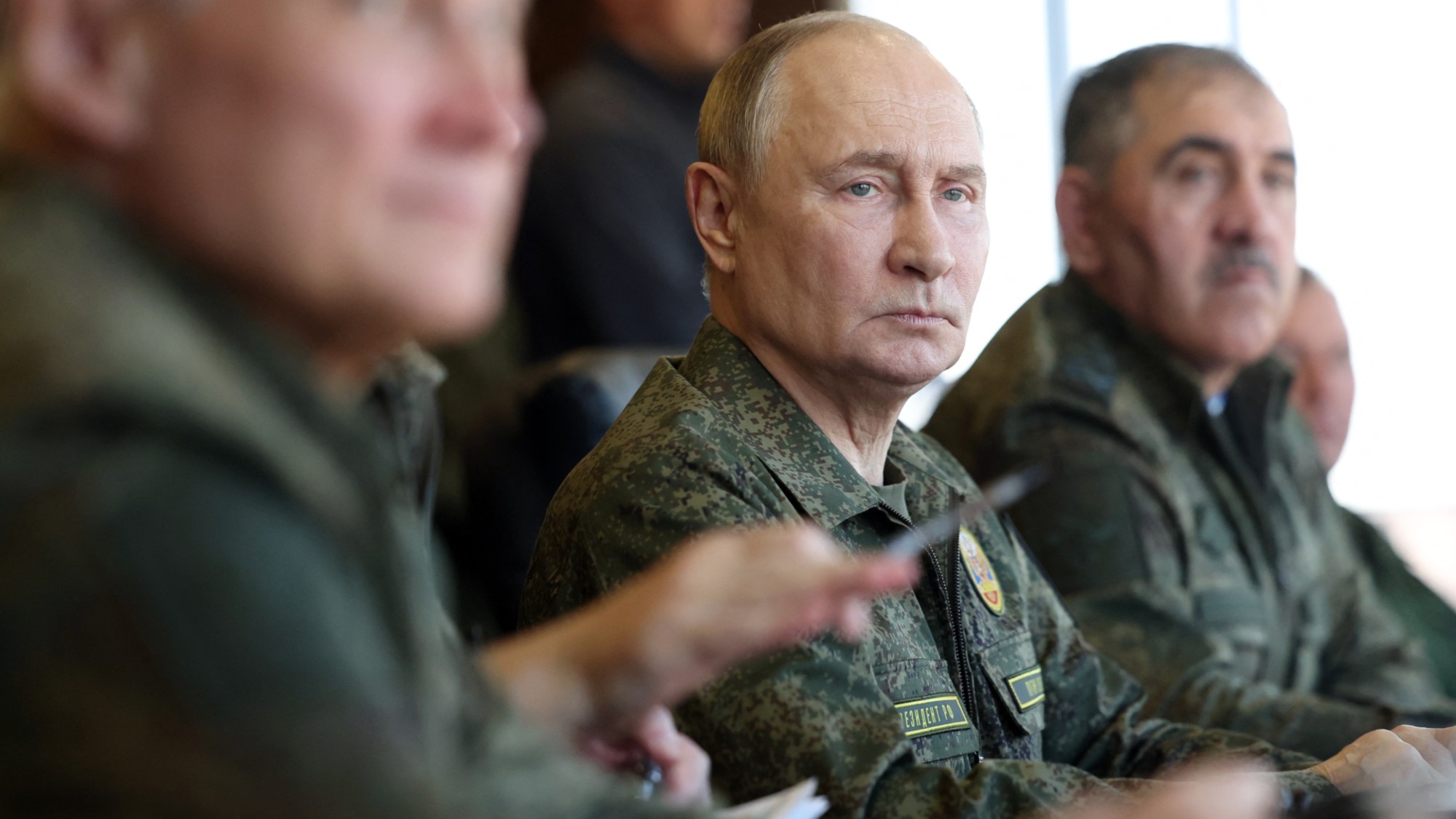 How should Nato respond to Putin’s incursions?
How should Nato respond to Putin’s incursions?Today’s big question Russia has breached Nato airspace regularly this month, and nations are primed to respond
-
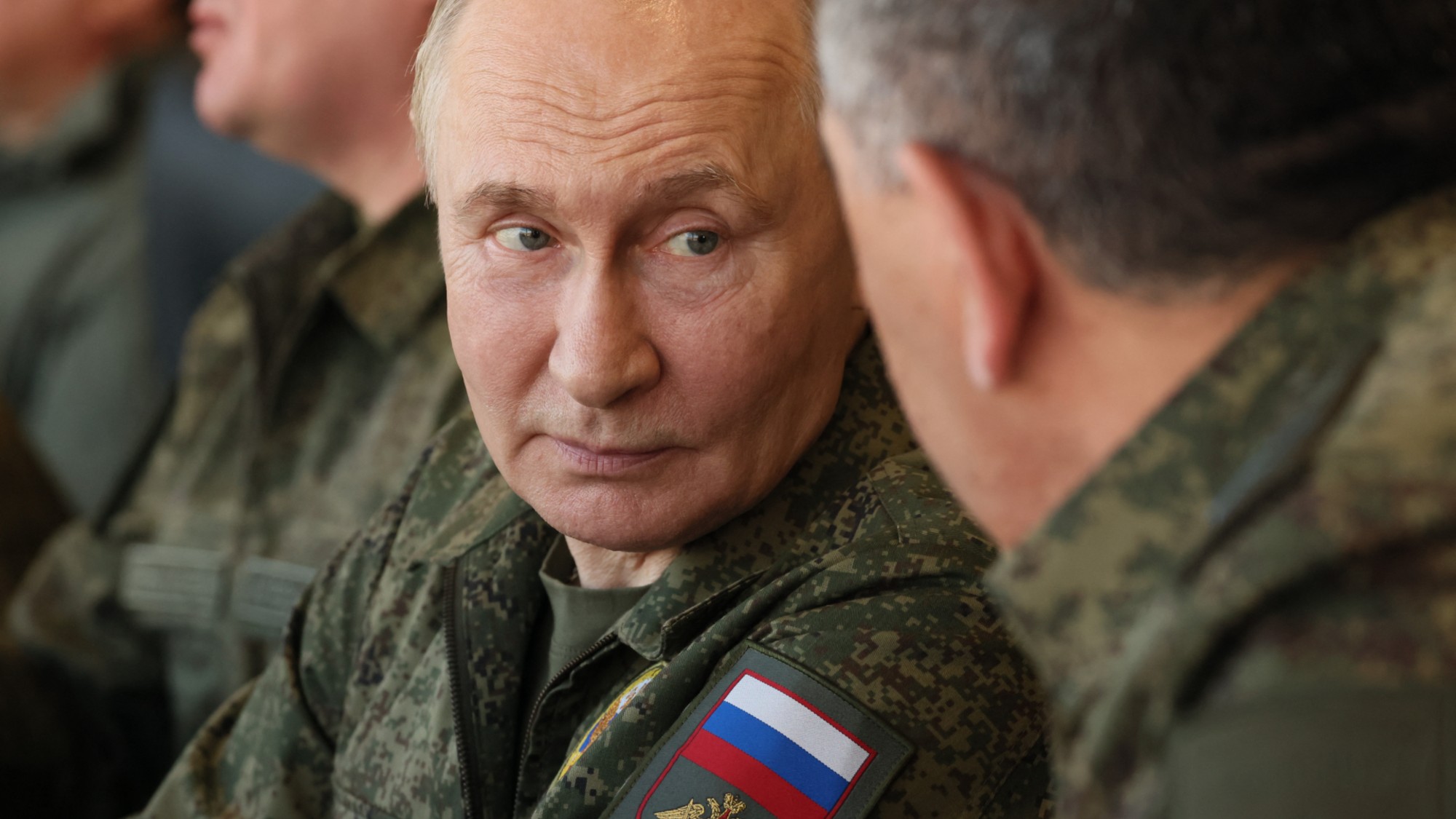 Russia’s war games and the threat to Nato
Russia’s war games and the threat to NatoIn depth Incursion into Poland and Zapad 2025 exercises seen as a test for Europe
-
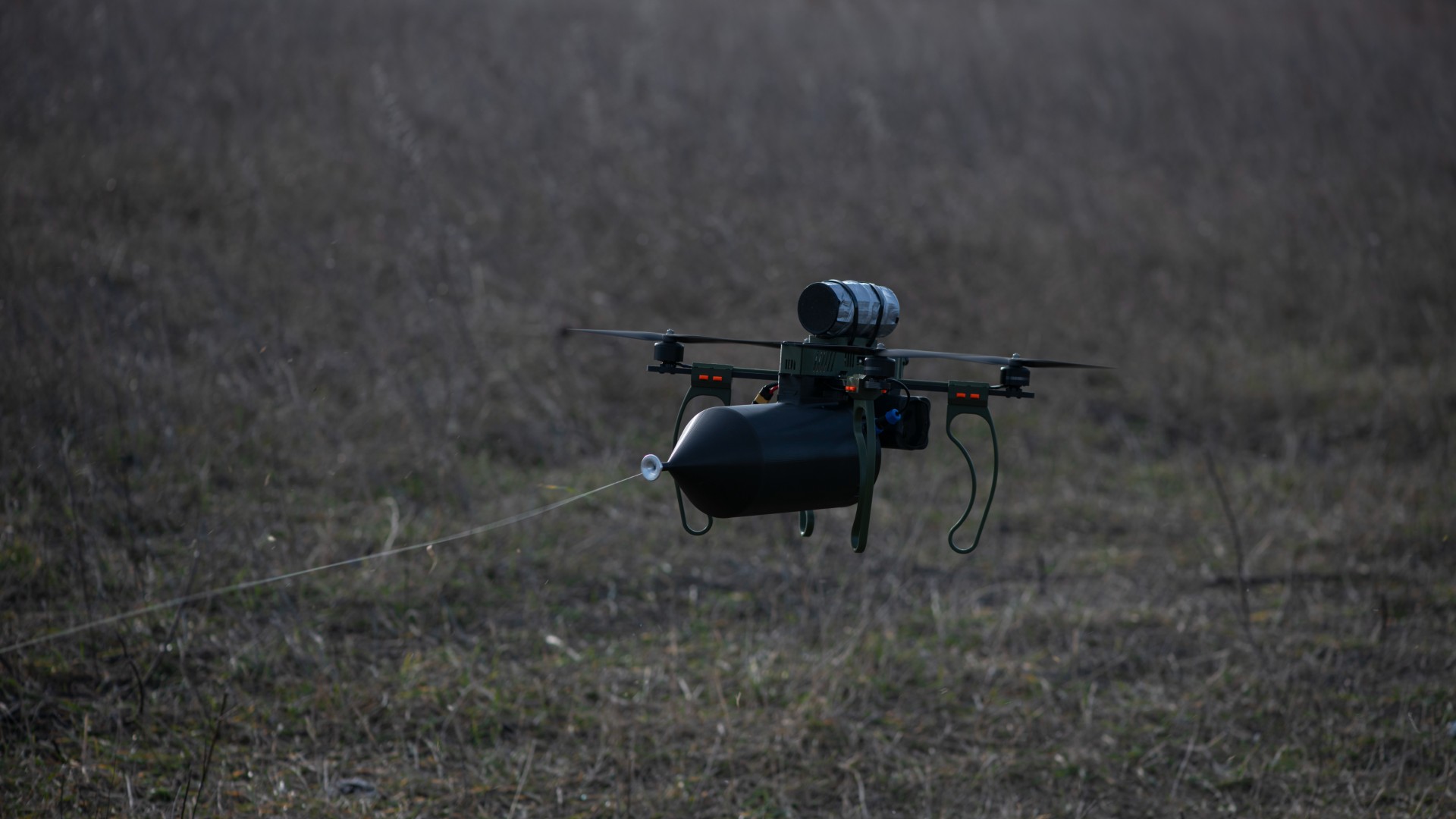 How drone warfare works
How drone warfare worksThe Explainer From Ukraine to Iran, it has become clear that unmanned aircraft are rapidly revolutionising modern warfare
-
 How long can Nato keep Donald Trump happy?
How long can Nato keep Donald Trump happy?Today's Big Question Military alliance pulls out all the stops to woo US president on his peacemaker victory lap
-
 How the Israel-Iran conflict broke out
How the Israel-Iran conflict broke outThe Explainer Israel's strike on Iran's nuclear and missile programmes was years in the planning